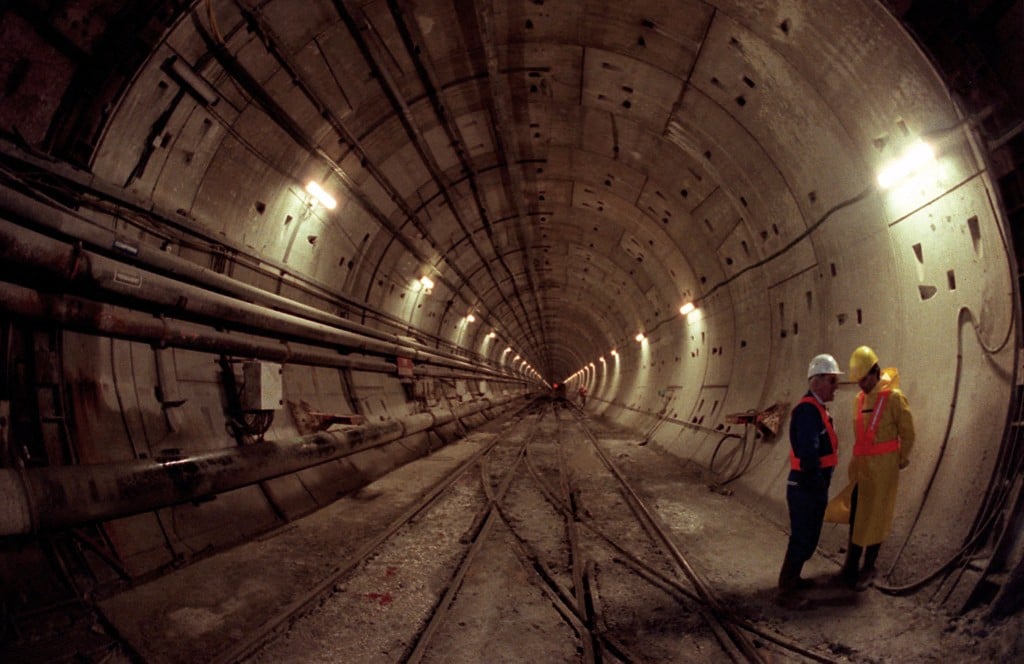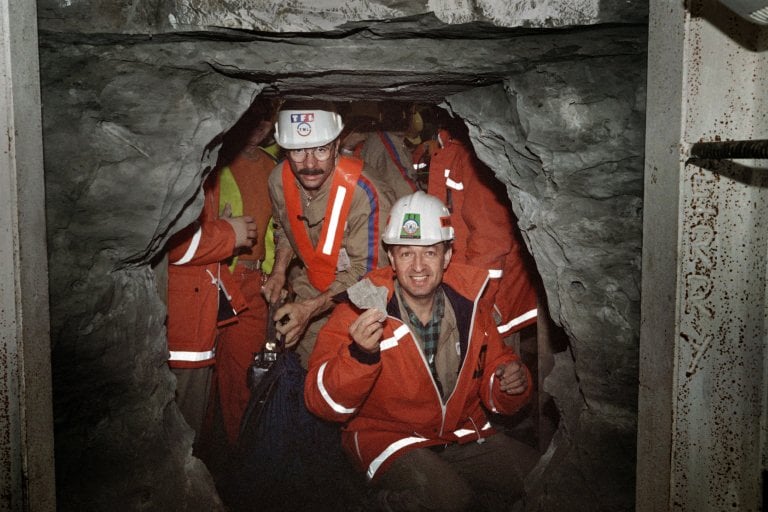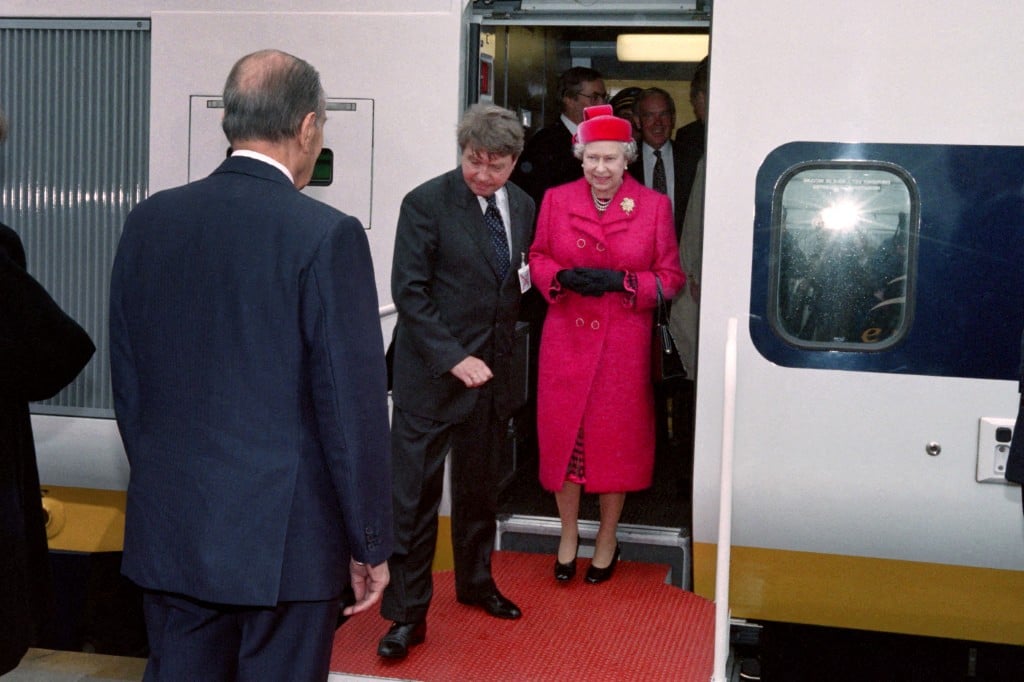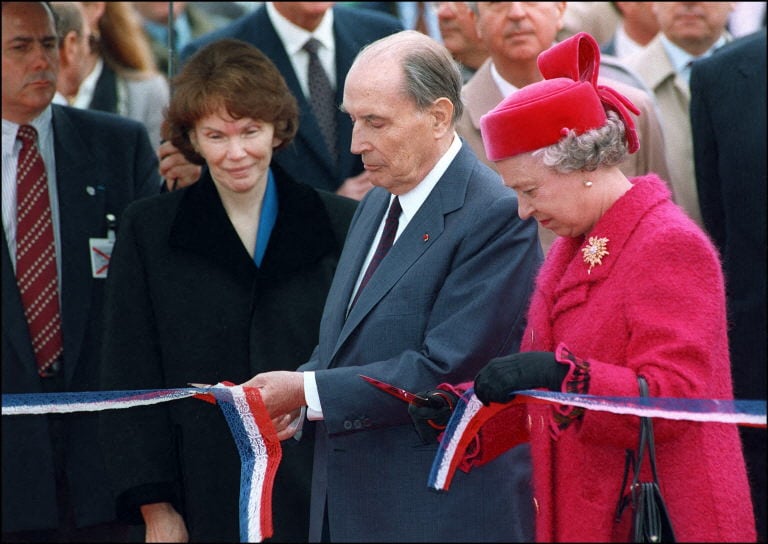Lille, located in northern France, has become the latest French city to put out new rules requiring that cyclists, scooter users and skateboarders walk – instead of ride – through pedestrian streets in the town centre.
The city council of Lille announced the decision on Wednesday. The new rules will apply to pedestrianised shopping streets every week day from 11am until 10pm. On Saturdays, the rules are extended to pedestrianised streets in the old town from 11am to 7pm.
Local councillor in charge of mobility, Pierre Posmyk, told BFMTV that he felt there was “too much cycling on these streets.”
Posmyk specified that the rules will only apply to “very few streets.”
Another local elected official, Jacques Richir, told BFM Grand Lille that “for months on end, we had been receiving complaints. Some people said they were scared and others said they had been knocked over by bicycles.
Richir responded to the criticism, particularly from Green party MPs, that the decision could disadvantage cyclists, telling that French media the town hall made the decision to offer more balance.
“We are not against bicycles at all and we are doing other things to increase cycling in the city,” Richir said.
BFMTV reported that the northern French city will start by putting up signs informing cyclists and others that they are not to ride in certain pedestrianised areas. Later, perpetrators could risk fines between €35 and €135, Posmyk told AFP.
What about other parts of France?
Lille is not the first city to put such rules in place. In Nice, during the summer of 2023, the city banned using bicycles or scooters in certain parts of the city centre, including along the pedestrian zone of the Promenade des Anglais, according to France Bleu.
Agen, located in Lot-et-Garonne département in south-west France, passed a municipal rule in July banning the use of bicycles, scooters and other electric mobility devices from certain pedestrian streets and areas in the town, following an accident involving a child. In this part of France, cyclists risk fines of up to €150 for non-compliance.











 Please whitelist us to continue reading.
Please whitelist us to continue reading.
Member comments